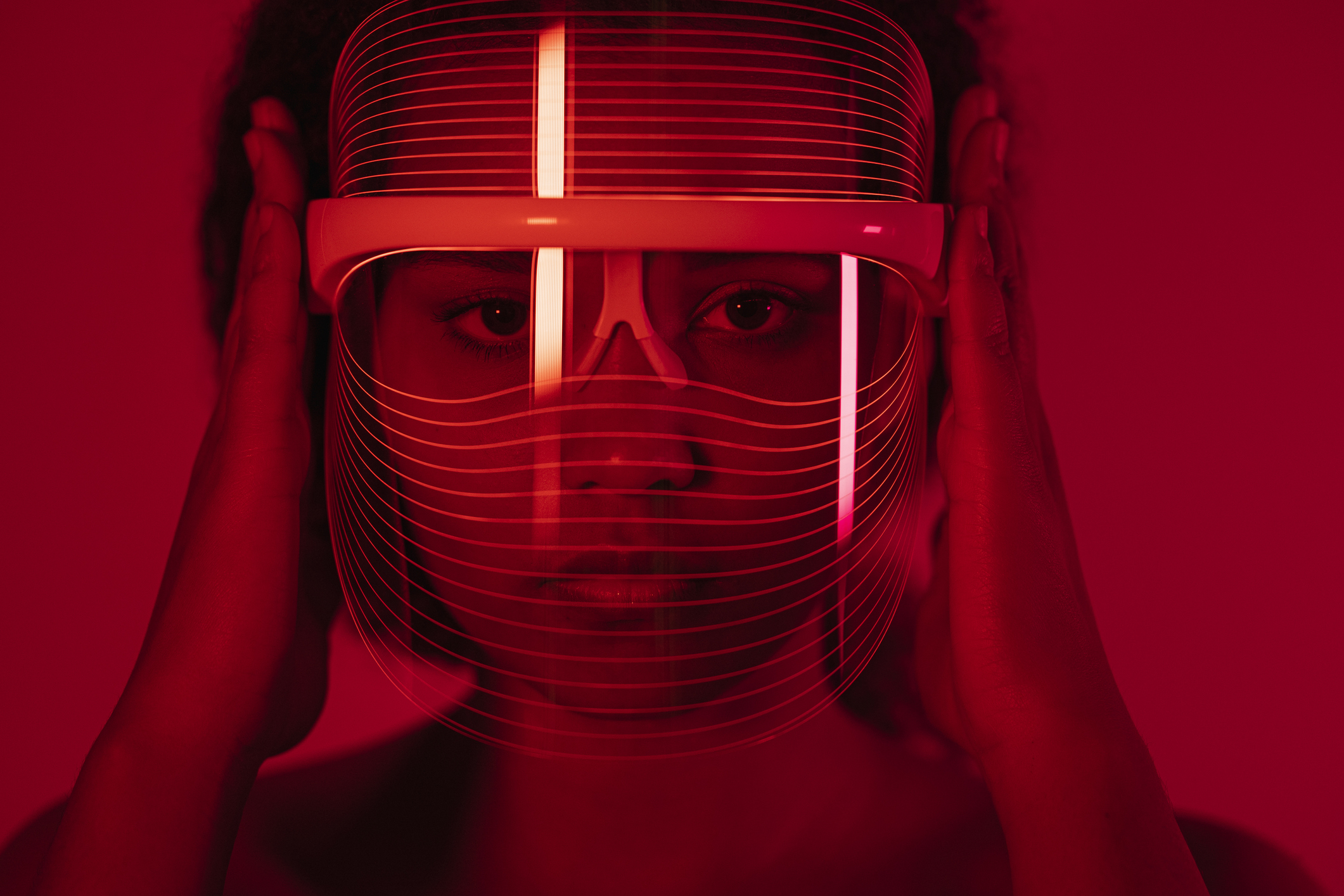Red light therapy (RLT) has emerged as a sought-after non-invasive skincare method. This innovative technique bathes your skin in rejuvenating red or near-infrared light, promising a collagen boost and inflammation-free radiance. However, understanding the ins and outs of this treatment becomes crucial for black women seeking effective skincare solutions.
Red Light Therapy Explained
Red light therapy, also known as low-level laser therapy (LLLT) or photobiomodulation, harnesses the power of red or near-infrared light to penetrate the skin and reach cells. The wavelengths interact with cellular components, primarily the mitochondria, enhancing energy production and promoting various biological responses. So, your skin can experience improved collagen production, reduced inflammation, and enhanced wound healing.
Pros of Red Light Therapy
- It promotes a collagen boost. RLT excels in jumpstarting collagen production, countering the natural decline of this vital protein responsible for skin elasticity as age progresses. The result is firmer and more youthful-looking skin.
- Reduction of inflammation. The anti-inflammatory properties of RLT make it a promising option for those dealing with skin conditions characterized by inflammation. It can soothe irritated skin, potentially relieving conditions like acne or rosacea.
- RLT accelerates wound healing. According to the National Library of Medicine, RLT may enhance the healing process for wounds and injuries. Therefore, promoting cellular regeneration could contribute to faster recovery from cuts, bruises, or surgical incisions.
Cons of Red Light Therapy
- It‘s Not Recommended for Darker Skin Tones. One significant drawback of RLT is its limited efficacy on darker skin tones. Light absorption is influenced by skin pigmentation, and darker skin absorbs more light, reducing its effectiveness, which may lead to reduced advantages.
- Consistent sessions can be time-consuming. Attaining visible results with RLT frequently demands regular and extended sessions. Consistent sessions may be an issue for individuals with hectic schedules, making it difficult to commit time consistently for treatments.
- The cost adds up. While RLT devices for home use are available, they can come with a substantial upfront cost. Professional treatments, on the other hand, may require ongoing expenses. The financial aspect could be a deterrent for those on a budget.
Red light therapy presents a mix of potential benefits and limitations. While providing benefits like stimulating collagen and exerting anti-inflammatory effects, it fails to meet the requirements of individuals with darker skin tones. As advancements in skincare continue, it remains essential to consider the compatibility of different treatments with diverse skin types and tones.
